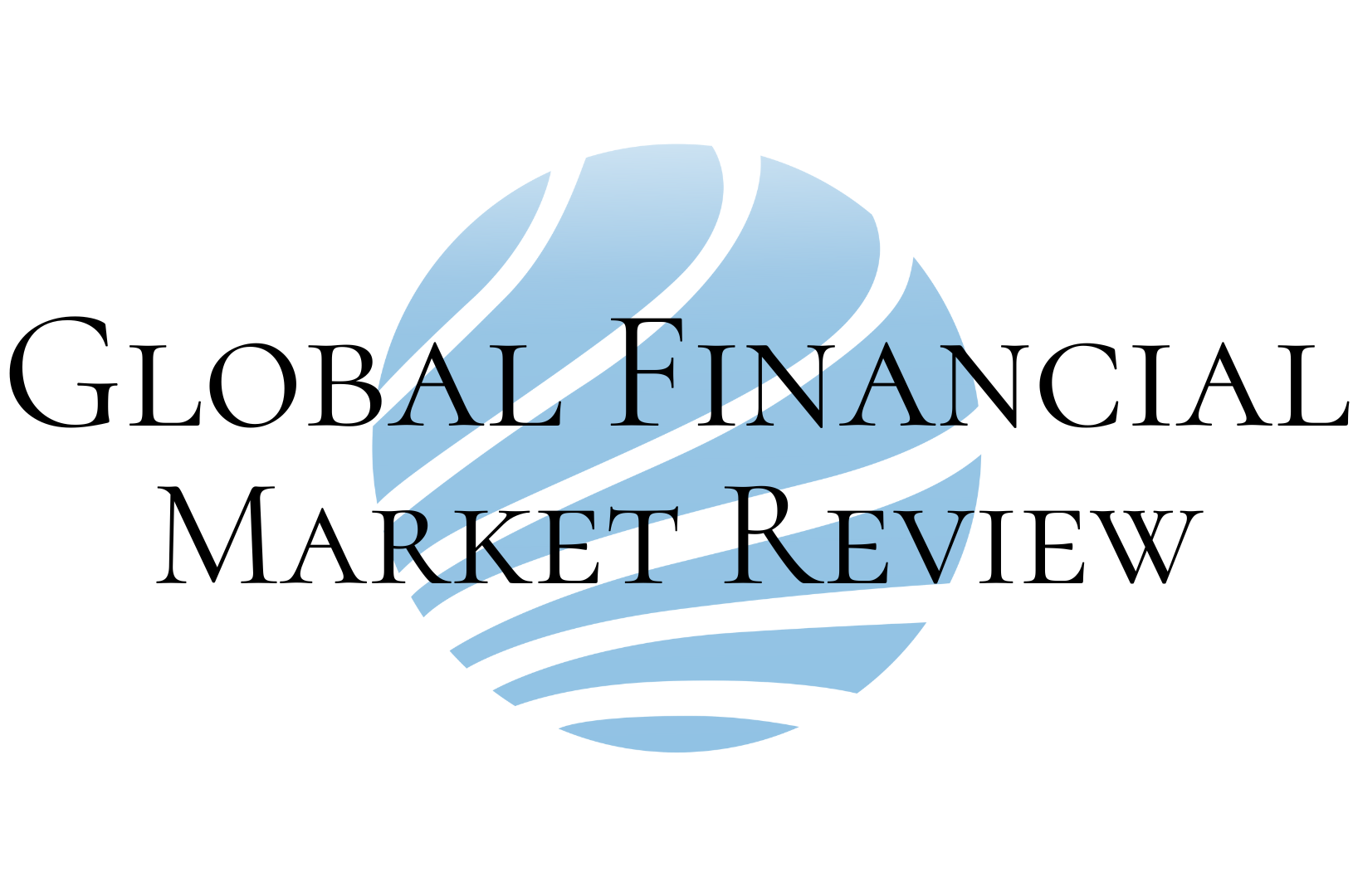How To Choose The Right Premium Payment Term For Your Life Insurance Policy
There are many critical aspects one needs to be clear about before clicking ‘Buy Now’ on a life insurer’s or insurance aggregator’s portal. Among these is the premium payment term and frequency. If you choose an option that is not appropriate for you, it may burn a hole in your pocket.
Premium payment term (PPT) is the duration for which the policyholder has to pay premium. This is not necessarily equal to the term of the policy as commonly presumed. Insurers give different options on premium payment term (single/limited/regular) and also frequency of payment of premium (monthly/quarterly/half-yearly/annual).
Premium payment term
Term life insurance
There are three different options that insurance companies offer policyholders — single/limited/regular premium payment.
In single premium policies, you pay the premium for the entire term of risk cover in one shot. In limited PPT, the premium payment is for a fixed number of years that is shorter than the policy term. In regular PPT, the premium payment term is equal to the policy term; the number of years you have to pay premium is equal to the total number of years you are covered by the policy.
Note that the total premium you will pay will be the highest in regular PPT option.
Say, you are a 35-year old male. The annual premium on a life insurance cover of ₹1 crore for a 50-year term under the regular PPT option with HDFC Life will be ₹29,091. Over 50 years, you will shell out ₹14.54 lakh. Had you chosen a limited PPT of 10 years, the annual premium would have inched up but the total outgo would have been lower. The annual premium for a 10-year PPT would be ₹62,300; that means, over 10 years, your total outgo is ₹6.22 lakh, presenting a saving of ₹8.31 lakh compared to the regular PPT.
The advantage of the limited premium payment option is also that you can finish your premium payment early (before retirement). It is of particular help to people with short-span careers, such as movie/drama artistes and stage performers. With the limited PPT option, where the annual premium is higher, one will also be able to maximise the benefits under Section 80 C of the Income Tax Act that allows deductions up to ₹1.5 lakh from income.
In a single PPT option, the premium may shoot up above the Section 80C limit for many, but it is still worth checking out as the savings are significant. Continuing with the earlier example of a 35-year-old male, the premium for a ₹1-crore life cover in single PPT option will be ₹4.86 lakh.
However, before you decide on PPT options, do give a thought to your finances. If you already have other commitments, you may not be able to cough up the high premium under limited/single PPT options. Also, note that in both limited and single premium payment options, you are paying the premium for the entire period of risk cover in advance; so, if death occurs early on, a vast portion of the premium is ‘wasted’.
Endowment insurance
In endowment life insurance, if you want to maximise your returns, you will have to go with the longest PPT the insurer offers.
The longer the premium is invested, the higher the return in any investment tool, and it holds true in endowment plans, too.
Take, for instance, ICICI Prudential’s Assured Savings Insurance Plan (ASIP), a non-par endowment plan. The internal rate of return (IRR) in this product (policy term 15 years) for a 40-year-old paying ₹1 lakh premium annually for five years comes to 4.89 per cent (maturity value ₹9.32 lakh); if the PPT is seven years, the IRR comes to 5.15 per cent (maturity value ₹12.85 lakh).
Premium payment frequency
Deciding on the frequency of payment is also critical. While annual payments are common, you can choose to pay half-yearly/quarterly/monthly if you think you will not be able to shell out the entire sum of annual premium at one go.
That said, note that your total premium outgo for a given PPT will increase as you increase the number of instalments in a year. If, for instance, a 35-year-old male chooses to take a term policy of ₹1 crore with HDFC Life for a 50-year term and chooses regular PPT, as indicated earlier, he will pay ₹29,091 a year and in 50 years he will pay ₹14.5 lakh. But, if he chooses half-yearly premium payment, his due every six months would be ₹14,836 and he will be paying a total of ₹14.8 lakh by the end of 50 years; if he chooses monthly instalment, his due every month would be ₹2,545; by the end of 50 years, he would have paid ₹15.27 lakh.
While it may be easier on your pocket, payment of insurance premium in instalments means every month/quarter/half-year you will have to renew the policy without fail. If you forget, the policy will lapse.
A letter from the Editor
Dear Readers,
The coronavirus crisis has changed the world completely in the last few months. All of us have been locked into our homes, economic activity has come to a near standstill. Everyone has been impacted.
Including your favourite business and financial newspaper. Our printing and distribution chains have been severely disrupted across the country, leaving readers without access to newspapers. Newspaper delivery agents have also been unable to service their customers because of multiple restrictions.
In these difficult times, we, at BusinessLine have been working continuously every day so that you are informed about all the developments – whether on the pandemic, on policy responses, or the impact on the world of business and finance. Our team has been working round the clock to keep track of developments so that you – the reader – gets accurate information and actionable insights so that you can protect your jobs, businesses, finances and investments.
We are trying our best to ensure the newspaper reaches your hands every day. We have also ensured that even if your paper is not delivered, you can access BusinessLine in the e-paper format – just as it appears in print. Our website and apps too, are updated every minute, so that you can access the information you want anywhere, anytime.
But all this comes at a heavy cost. As you are aware, the lockdowns have wiped out almost all our entire revenue stream. Sustaining our quality journalism has become extremely challenging. That we have managed so far is thanks to your support. I thank all our subscribers – print and digital – for your support.
I appeal to all or readers to help us navigate these challenging times and help sustain one of the truly independent and credible voices in the world of Indian journalism. Doing so is easy. You can help us enormously simply by subscribing to our digital or e-paper editions. We offer several affordable subscription plans for our website, which includes Portfolio, our investment advisory section that offers rich investment advice from our highly qualified, in-house Research Bureau, the only such team in the Indian newspaper industry.
A little help from you can make a huge difference to the cause of quality journalism!
Support Quality JournalismUSAA And The Valero Texas Open Join Forces To Honor Military Heroes
Service Members and Veterans to Receive Exclusive Benefits and Complimentary Access Read more
USAA Stands Strong Amid Wildfire Losses, With More Than $1 Billion In Member Payments
Feb 05 2025 SAN ANTONIO, TX – February 5, 2025 – USAA, a leading financial services p... Read more
USAA Bank Board Appoints Michael Moran As Bank President
Jan 30 2025 San Antonio, TX – January 30, 2025 – Today, USAA Bank Board of Directors a... Read more
USAA Announces Juan C. Andrade As President And Chief Executive Officer
Global, Industry Leader and Public Servant Committed to Serving USAA, the Military Community and Their Families Read more
USAA Extends Sponsorship Of The Army-Navy Game Through 2030
Ahead of the 125th matchup of Army and Navy, USAA Continues Commitment to Academies Read more
Military Community Shows Financial Resilience, Growing Savings By 19% And Cutting Credit Card Balances By 23% Over Last Five Years, New USAA Bank Data Shows
USAA’s Military Financial Wellbeing Index highlights the impact of pandemic-era trends and inflation on service member... Read more

